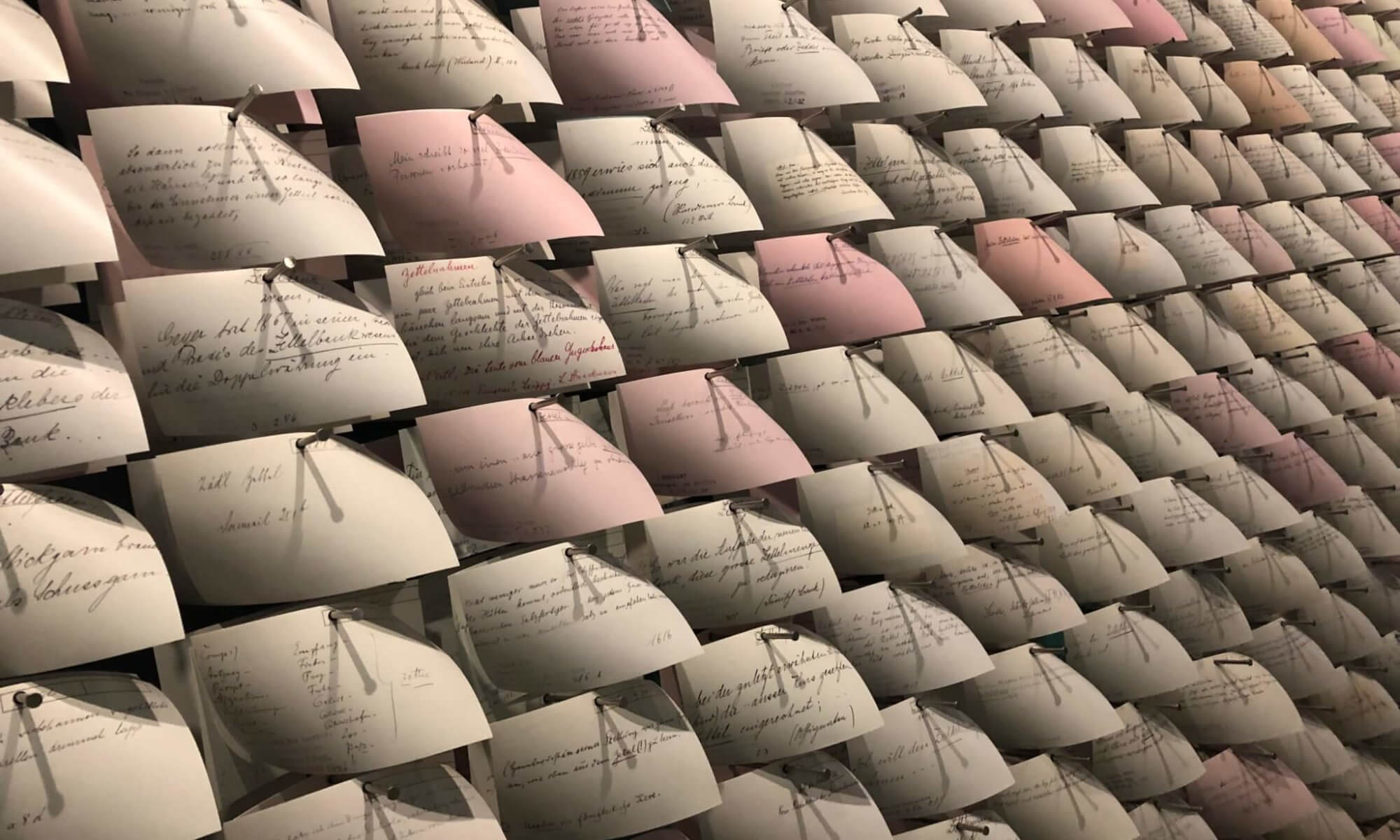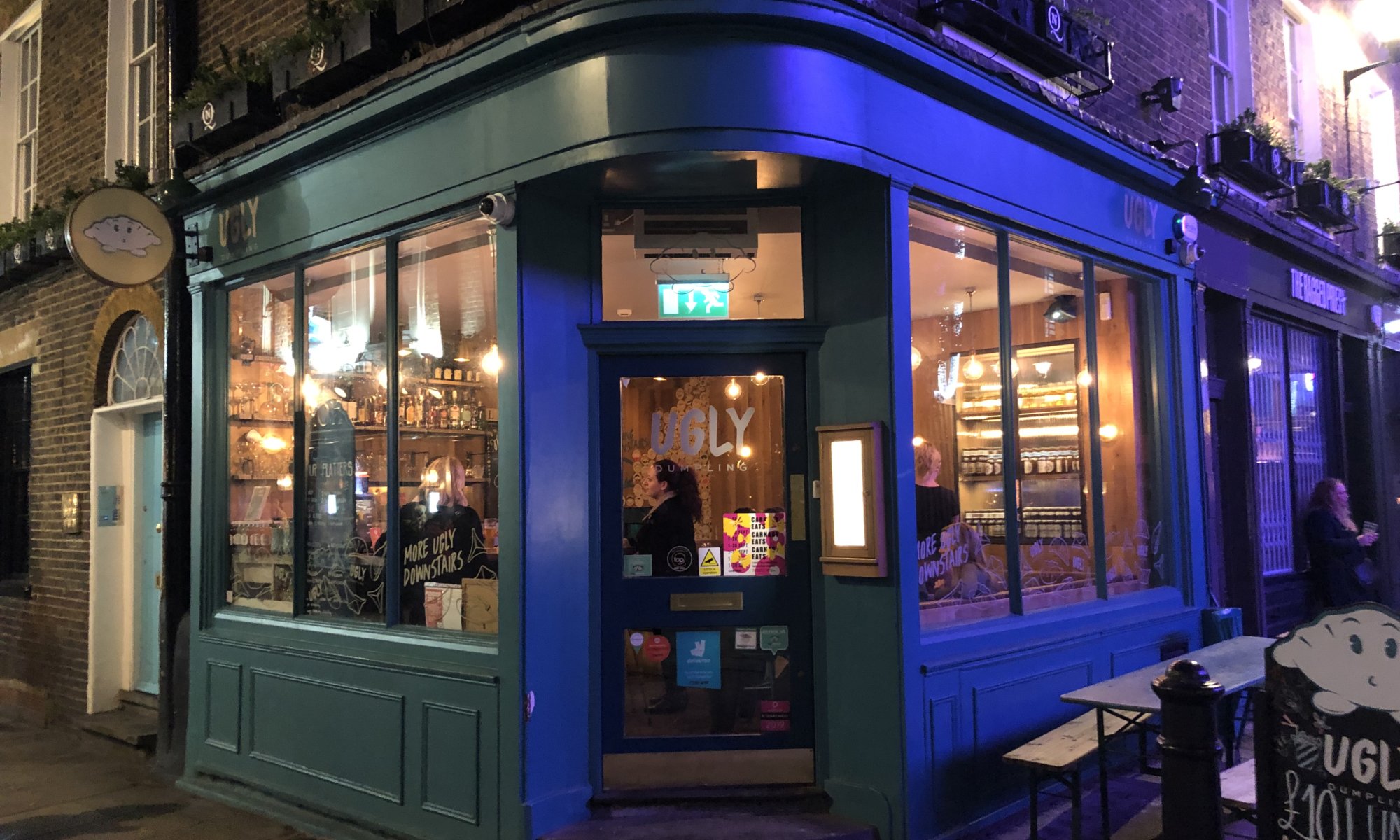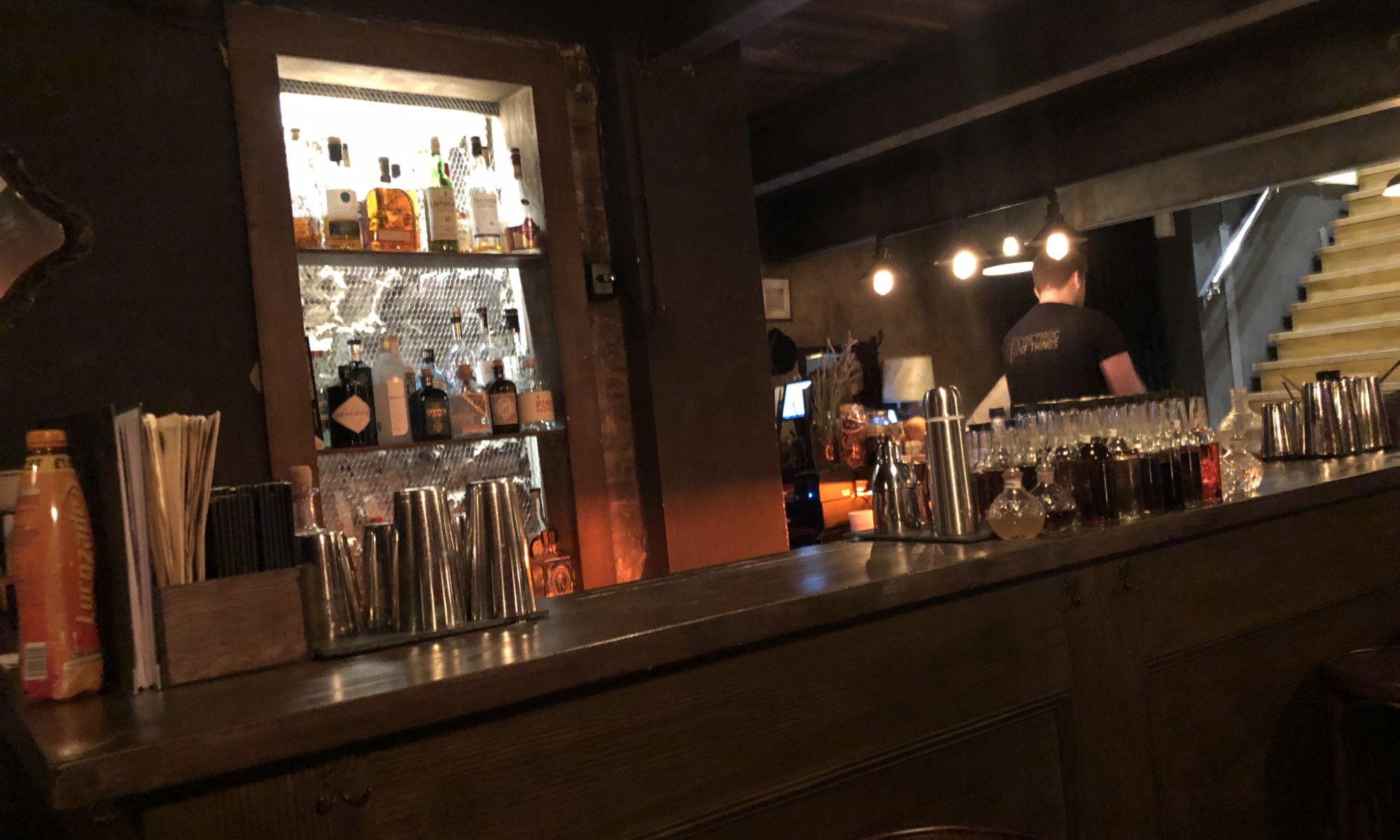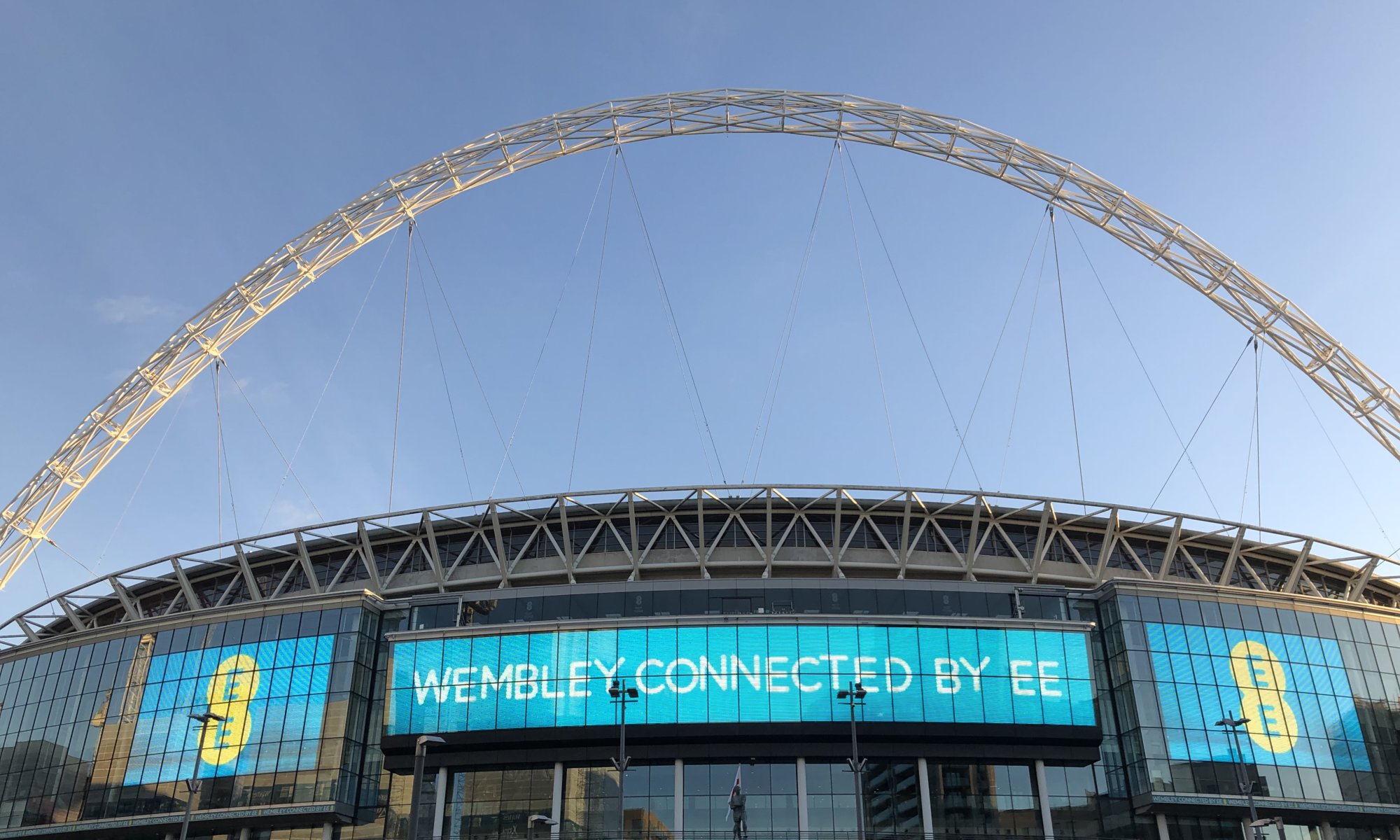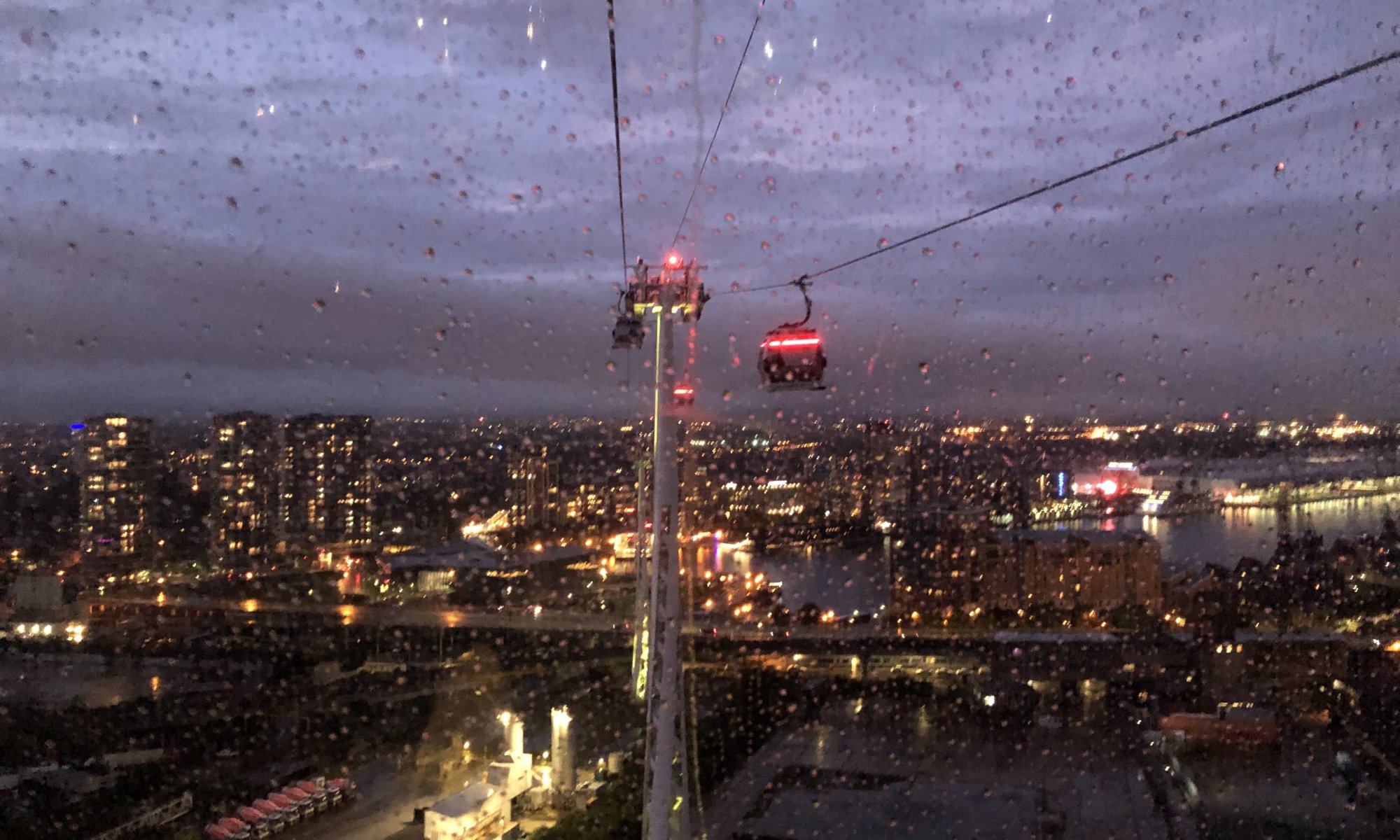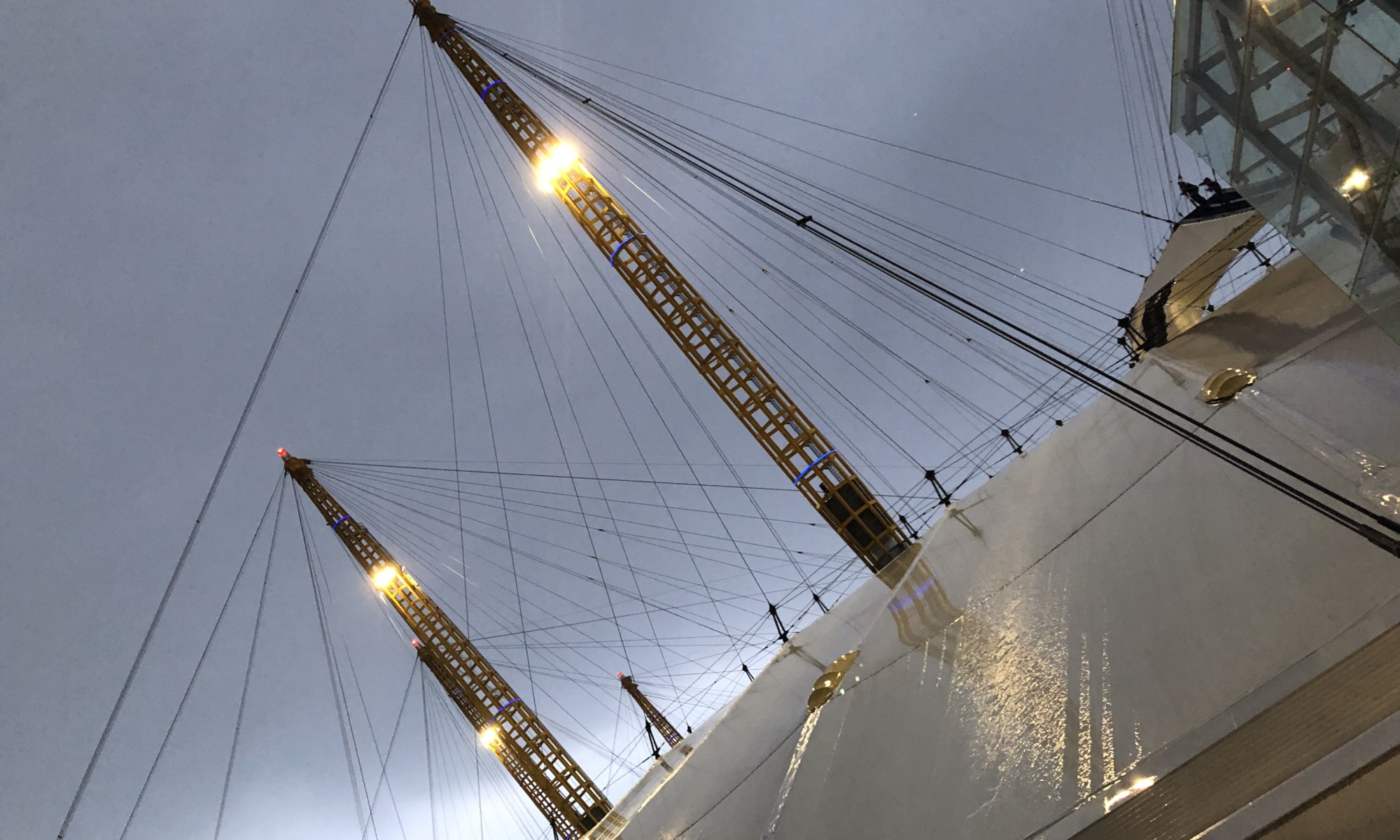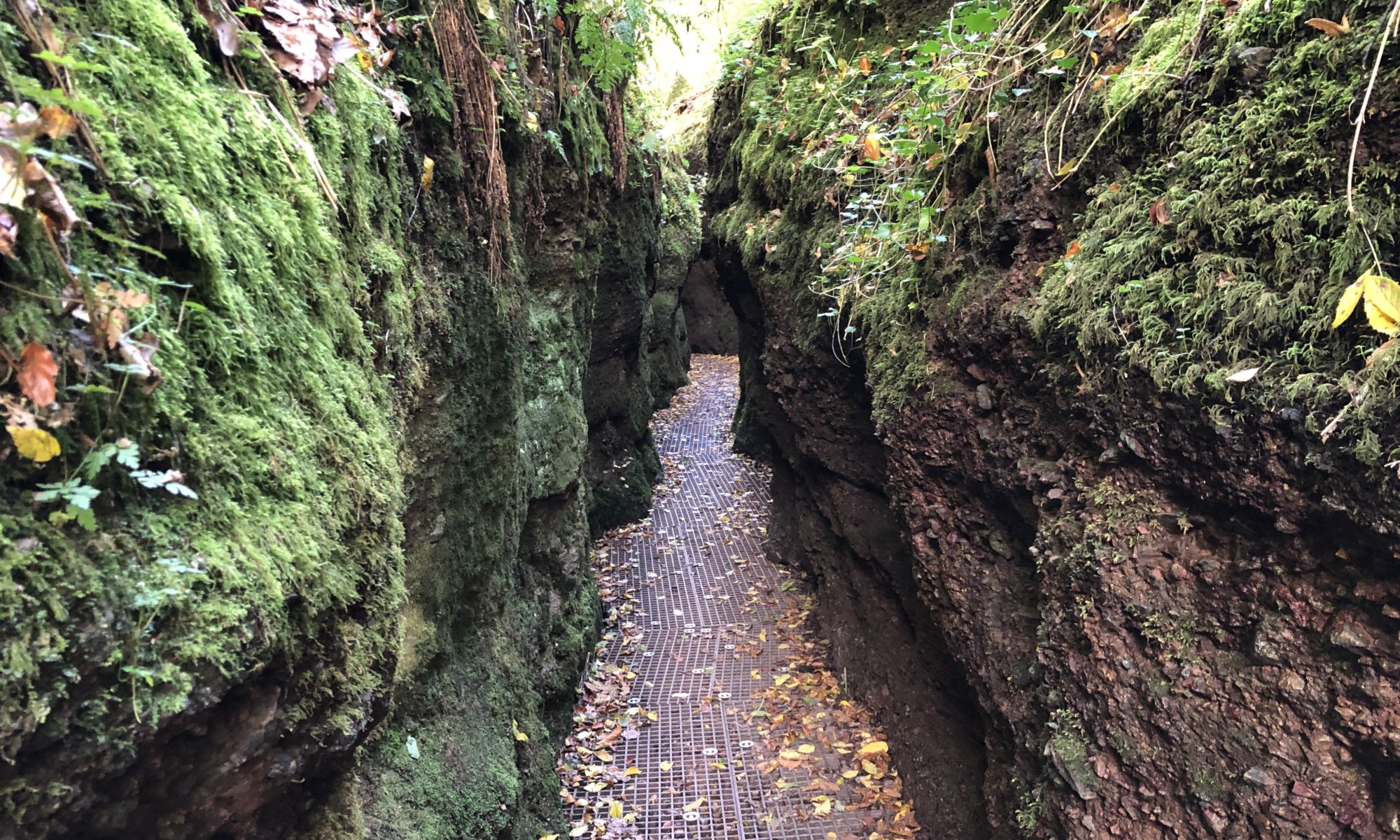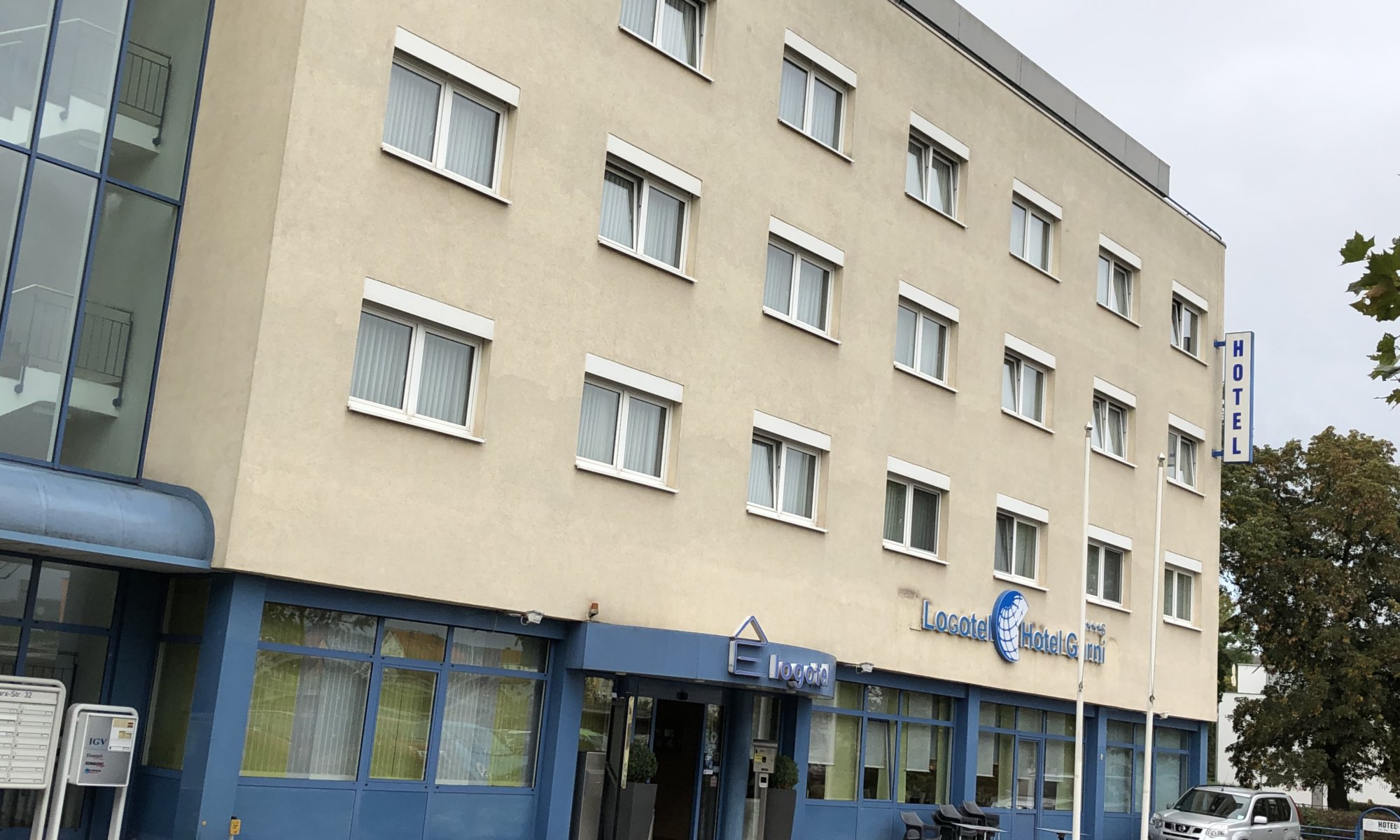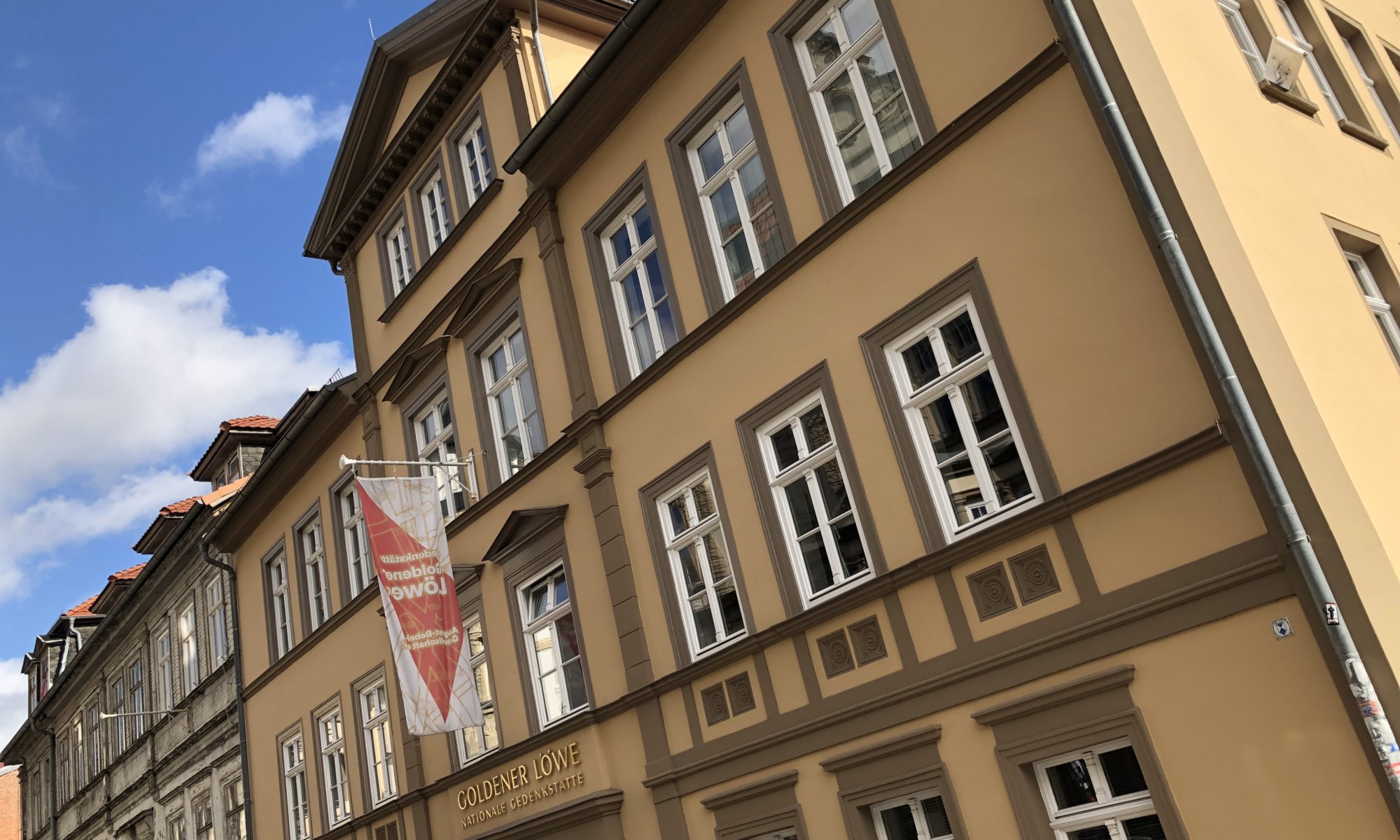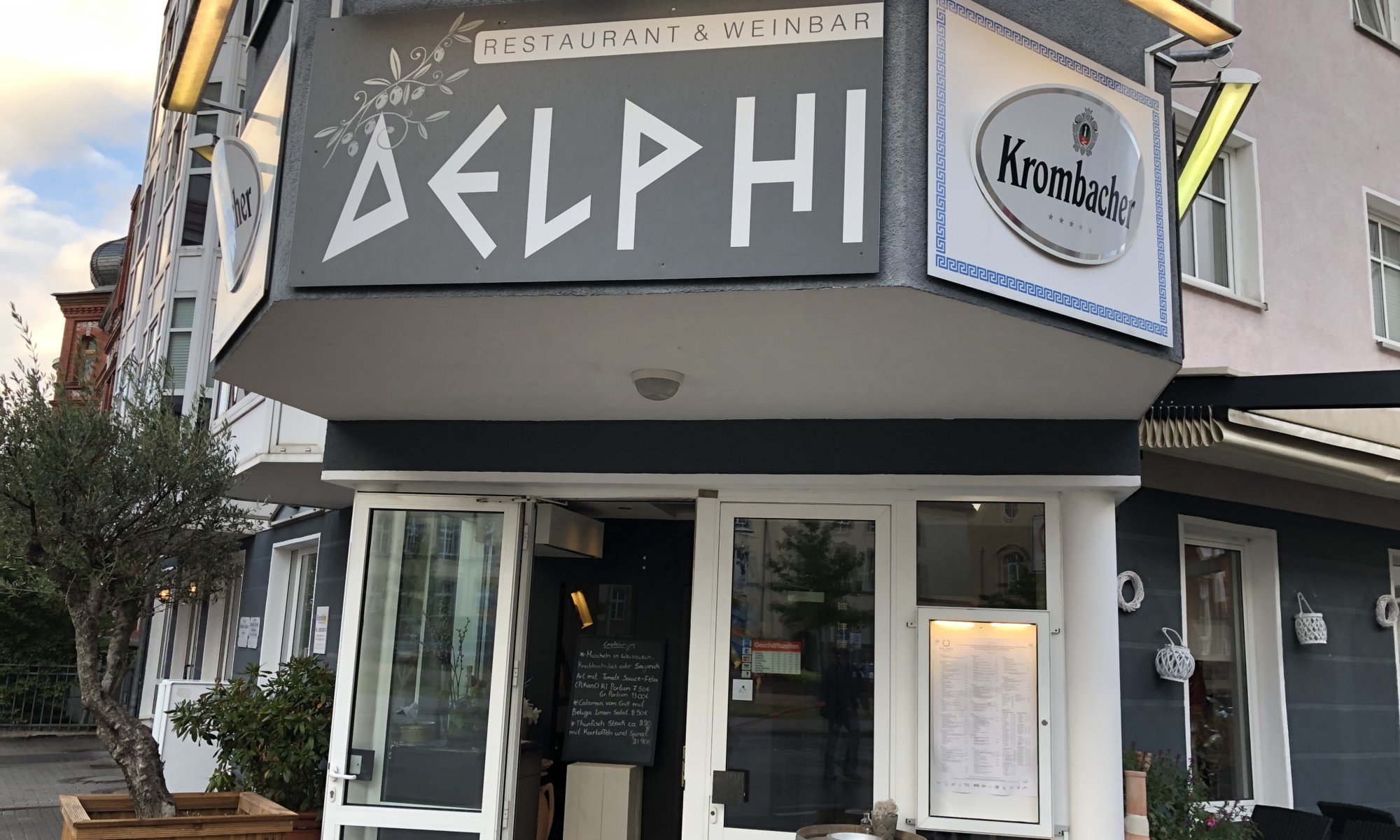It is pretty much impossible to leave Soho hungry – with so many fantastic small restaurants gathered in this area of London, England. A very good place to taste delicious Chinese dumplings is the Ugly dumpling in Newburgh street. It looks like the smallest restaurant ever with just a small amount of tables crammed into a tiny corner restaurant. But don’t worry if it seems to be full; there is also another tiny area one floor down. Waiting is worth the time, they’ve good some very fine dumpling versions on their menu.
Continue reading “Ugly dumpling”The Blind Phoenix
It is a hidden bar which you won’t find unless you explicitly search for it. The Blind Phoenix is a speakeasy for witches and wizards hidden in the underground of Dalston, London. When you arrive there look out for an inconspicuous black door. I already wanted to give up and leave as a house-elf pointed me towards the hidden entrance. There you’ll have to enter the secret code on an old-school telephone and afterwards the door opens and you’ll see the long stairway into the cellar.
Continue reading “The Blind Phoenix”Wembley
Wembley Stadium is the second-largest soccer stadium in Europe, home to the English national team and visible from far away because of its 133 meters high arc. It can host up to 90000 spectators and was opened in 2007 on the grounds of the former stadium (with its iconic twin towers) built in 1923. For soccer fans this is holy ground – not only because of the final of the world championship held here in 1966.
Continue reading “Wembley”Air Line
Did you know that there is a cable car in London, United Kingdom? It is a quite unexpected opportunity to take a flight over the river Thames. The Emirates Air Line has been opened in 2012 for the Olympic summer games and connects the Greenwich peninsula (the station is close to the Millenium dome) with the Royal Victoria Dock where you can switch to the DLR. During the day a ride takes you five minutes but in the evening hours they lower the speed and you can enjoy 13 minutes of good views on the docklands.
Continue reading “Air Line”Millennium dome
The Millennium dome (nowadays called ‘The O2‘) is a giant dome made of synthetics and shaped by wire ropes on the Greenwich peninsula of London, England. It was opened on the 1st of January 2000 and contained an exhibition to celebrate the new millennium. Today it is a giant sports arena, concert hall and it contains a cinema and some restaurants. Because of its special shape and construction, the building itself also attracts visitors.
Continue reading “Millennium dome”Goldgrube
The Goldgrube is an alternative music club at Kassel, Germany. It can be found in the north of the city in a street called Eisenschmiede (iron forge). The club was opened in 2014 as a stage for bands that not yet fill the big music halls. I must admit that I would have never gone inside if I hadn’t bought a ticket in advance. When standing in front you wouldn’t expect what to find underground.
Continue reading “Goldgrube”Drachenschlucht
A narrow valley, a beautiful gorge: the Drachenschlucht (dragon canyon) at Eisenach, Germany is a good place for a nice walk; in fact one of the most beautiful I‘ve ever done in a gorge. Through the Mariental you can walk on a well-maintained path consisting of wooden and sometimes metal walkways. It leads along and above the water of the small river and sometimes the gorge is very narrow (at minimum 68 cm) – only one person can pass at a time.
Continue reading “Drachenschlucht”Logotel
The Logotel is a hotel near the city center of Eisenach, Germany. It is not a beautiful boutique hotel but solid standard and absolutely sufficient for a nice weekend. The hotel feels a bit old-fashioned but it has all you need and also offers Sky television. Next to the hotel you can find the Greek restaurant Athen that is highly frequented and seems to be a good choice. Two supermarkets are close-by.
Continue reading “Logotel”Goldener Löwe
The Goldener Löwe at Eisenach, Germany was once an ordinary restaurant (first mentioned in 1533). But on August 7th, 1869 an important event happened here: August Bebel and Wilhelm Liebknecht founded the Sozialdemokratische Arbeiterpartei (SDAP) during a congress. It was later merged with the Allgemeiner Deutscher Arbeiterverein (ADAV) founded by Ferdinand Lassalle. The organization created is today known as the Sozialdemokratische Partei Deutschlands (SPD) – the oldest still existing political party in Germany.
Continue reading “Goldener Löwe”Delphi
I don‘t know why but Eisenach, Germany has a high density of Greek restaurants. The restaurant Delphi is located in the city center opposite to the Theaterplatz. They serve the well-known traditional Greek dishes in very good quality and a nice atmosphere.
Continue reading “Delphi”